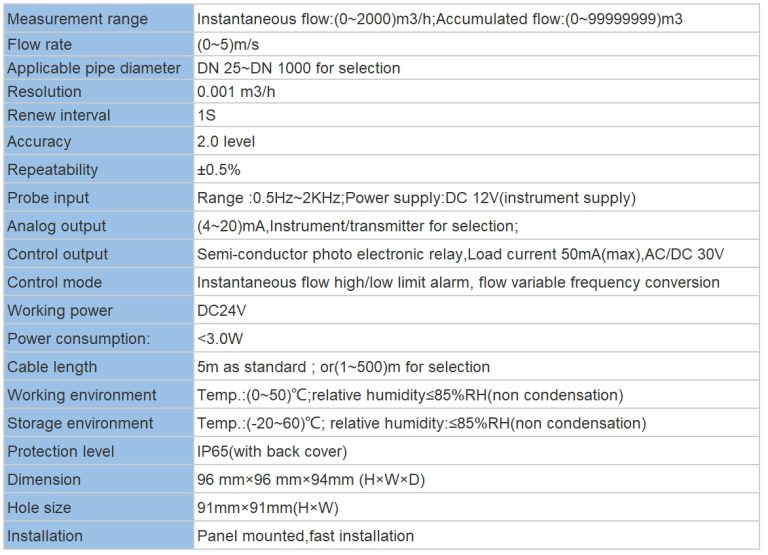Importance of Monitoring Aquarium Water Quality
Maintaining proper water quality is essential for the health and well-being of the fish and other aquatic organisms living in an aquarium. Water quality can be affected by a variety of factors, including pH levels, ammonia, nitrite, nitrate, and dissolved oxygen levels. Monitoring these parameters regularly is crucial to ensure a healthy environment for your aquatic pets.
One of the most important parameters to monitor in an aquarium is pH levels. pH is a measure of how acidic or alkaline the water is, and it can have a significant impact on the health of your fish. Most fish species prefer a pH level between 6.5 and 7.5, so it is important to keep the water within this range. Fluctuations in pH can stress fish and make them more susceptible to disease, so regular monitoring is essential to prevent any issues.

Another critical parameter to monitor is ammonia levels. Ammonia is produced by fish waste and decaying organic matter in the aquarium, and high levels of ammonia can be toxic to fish. Ammonia is converted into nitrite by beneficial bacteria in the aquarium, so it is also important to monitor nitrite levels. Nitrite is less toxic than ammonia, but high levels can still be harmful to fish. Nitrate is the final product of the nitrogen cycle and is less toxic than ammonia and nitrite, but high levels can still be detrimental to fish health.
| Model | pH/ORP-810 pH/orp meter |
| Range | 0-14 pH; -2000 – +2000mV |
| Accuracy | \u00b10.1pH; \u00b12mV |
| Temp. Comp. | Automatic temperature compensation |
| Oper. Temp. | Normal 0\uff5e50\u2103; High temp 0\uff5e100\u2103 |
| Sensor | pH double/triple sensor; ORP sensor |
| Display | LCD Screen |
| Communication | 4-20mA output/RS485 |
| Output | High/Low limit dual relay control |
| Power | AC 220V\u00b110% 50/60Hz or AC 110V\u00b110% 50/60Hz or DC24V/0.5A |
| Working Environment | Ambient temperature:0\uff5e50\u2103 |
| Relative humidity\u226485% | |
| Dimensions | 96\u00d796\u00d7100mm(H\u00d7W\u00d7L) |
| Hole Size | 92\u00d792mm(H\u00d7W) |
| Installation Mode | Embedded |
Dissolved oxygen levels are also crucial to monitor in an aquarium. Fish and other aquatic organisms rely on oxygen to survive, so it is essential to ensure that there is enough oxygen in the water. Factors such as temperature, stocking density, and the presence of plants can all affect dissolved oxygen levels in an aquarium. Low oxygen levels can stress fish and make them more susceptible to disease, so regular monitoring is essential to prevent any issues.
To effectively monitor water quality in an aquarium, it is important to invest in a reliable water quality monitoring system. These systems typically consist of sensors that measure various parameters such as pH, ammonia, nitrite, nitrate, and dissolved oxygen levels. Some systems also have the ability to monitor temperature and salinity levels, depending on the needs of your aquarium.
Water quality monitoring systems can provide real-time data on the parameters in your aquarium, allowing you to quickly identify any issues and take corrective action. Many systems also have alarms that will alert you if any parameters are outside of the desired range, allowing you to address the issue before it becomes a problem. Some systems even have the ability to connect to your smartphone or computer, so you can monitor your aquarium from anywhere.
In conclusion, monitoring water quality in an aquarium is essential for the health and well-being of your fish and other aquatic organisms. Investing in a reliable water quality monitoring system can help you ensure that your aquarium remains a healthy and thriving environment for your aquatic pets. By regularly monitoring parameters such as pH, ammonia, nitrite, nitrate, and dissolved oxygen levels, you can prevent issues before they arise and provide your fish with the best possible care.





